#moon jellies
Text

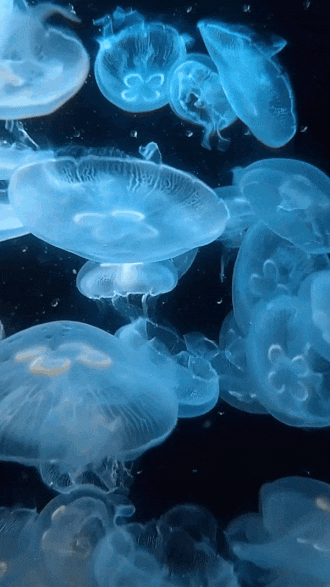






_qualle_9 on ig
#stim#jellyfish#moon jellyfish#sea creatures#sfw#blue#teal#black#white#animals#cnidarians#aurelia aurita#underwater#oceans#water#moon jellies#ishy gifs#postish
3K notes
·
View notes
Text
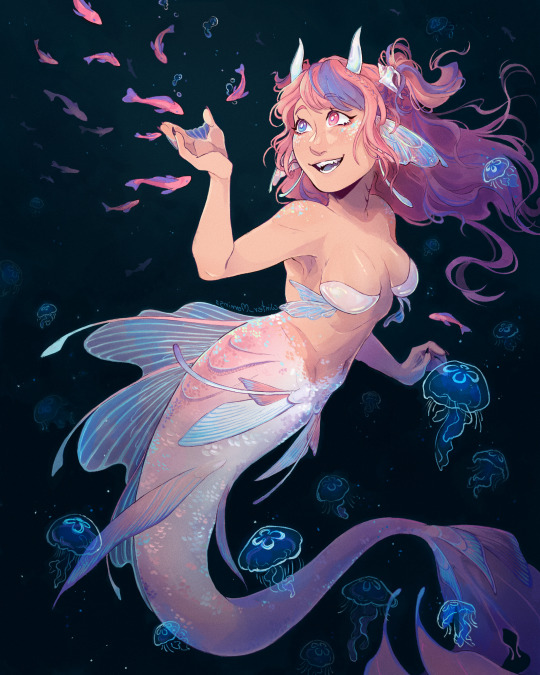
🎶Under the Sea🎶
#ironmouse#ironmouse fanart#vtuber#mermaid#moon jellyfish#moon jellies#my art#original art#i spent... SO LONG on this#im real happy with it tho!
748 notes
·
View notes
Text

Holy shit I finally finished it! The interconnectivity of the British Columbian marine ecosystem is one of my favourite things in the world, so here are a few treasured icons.
#my art#orcas#artists on tumblr#salmon#kelp#octopus#sea star#sea urchin#moon jellies#orca art#killer whale#ocean art#british columbia#pacific northwest
260 notes
·
View notes
Photo




Moon Jellies l Alaska
4K notes
·
View notes
Text
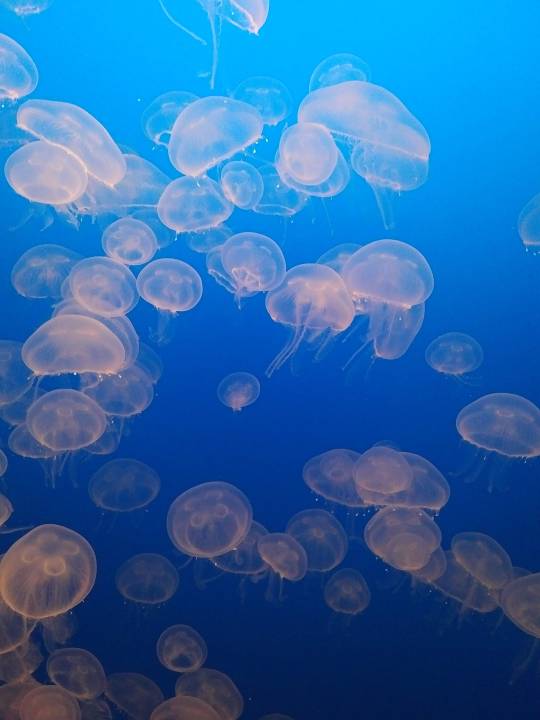

Moon jellies (Aurelia labiata). | Crystal jellies (Aequorea victoria).
Monterey Bay Aquarium, Monterey, California. 4 February 2019.
149 notes
·
View notes
Text

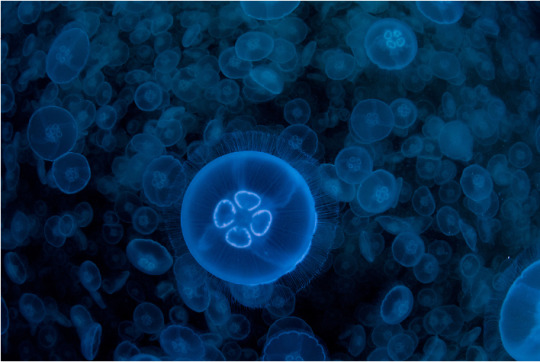
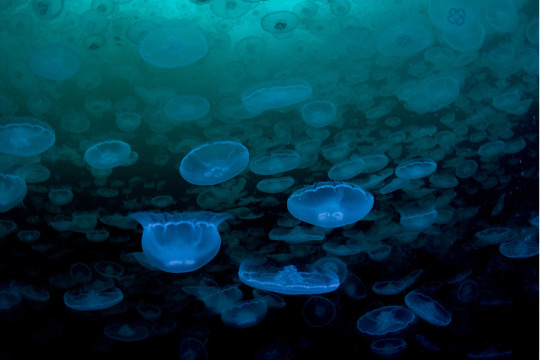

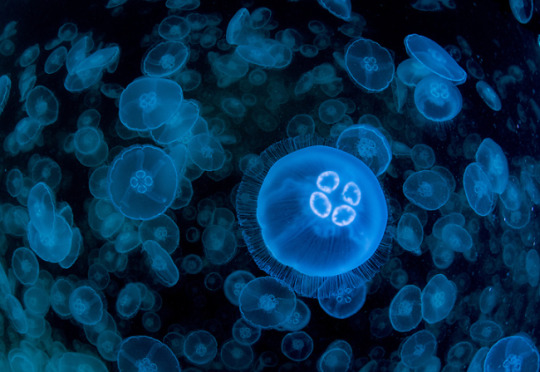
Moon jellies (Aurelia aurita) by Shane Gross
#Aurelia aurita#moon jellies#aurelia#jellyfish#blue#blue jellyfish#marine#marine life#marine animals#sea#ocean#cnidaria#cnidarians#nature#animals
221 notes
·
View notes
Text
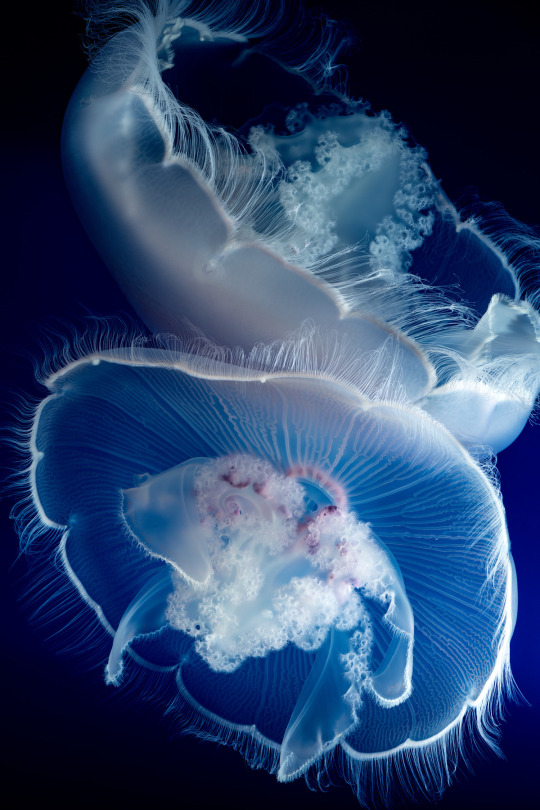
A moment with moon jellies
A second of sealestial wonder
Searenity now
It’s not just a phase.
#monterey bay aquarium#moon jellies#a post for the crater good#jellies are our jam#waxing poetic because our love for jellies will never wane
2K notes
·
View notes
Text

aquarium dream
#art#character design#illustration#character drawing#anthro#puppy girl#puppygirl#doggirl#dog girl#blahaj#jellyfish#moon jellies#shark plush#aquarium
116 notes
·
View notes
Text
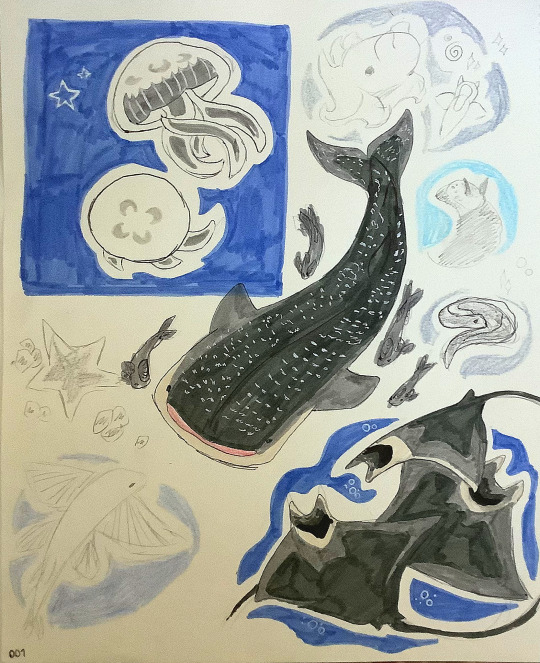
Sea creature doodle page !!
#art#drawing#doodle#sea creatures#marine life#moon jellyfish#moon jellies#umbrella octopus#dumbo octopus#sea angel#starfish#remora#whale shark#sea bunny#sea slug#moray eel#flying fish#stingray#barnacles
161 notes
·
View notes
Text

Chelli & Moons
she cute, she gay, she slay
#digital art#digital watercolor#clip studio paint#digital illustration#artists on tumblr#moon jellyfish#moon jellies#jellyfish#furry art#furry oc#oc#oc art#transfem#lesbian
60 notes
·
View notes
Text


🪼Moon and Comb Jellyfish🪼
#marine animals#mermaidcore#oceancore#beachcore#piratecore#ocean#underwater#watercore#moon jellies#moon jellyfish#comb jellyfish#comb jelly#aquarium#my gifs#taken by me
110 notes
·
View notes
Text
Facts of the Day: 🌊Moon Jellies🌊

Scientific Name: Aurelia aurita
Size: Between 2 to 15 inches
Lifespan: 8 to 12 months
Reproduction: They breed through external fertilization. The species as a whole breeds year round but individuals have to wait till they reach sexual maturity in the medusae phase and then reproduce for 2 to 3 months most often in the late summer months. They can also reproduce asexually while in the polyp stage.
Diet: Tiny zooplankton, mollusk larvae, crustaceans, and small fishes
Habitat: They are found worldwide but prefer warm coastal waters in the Atlantic, Indian, and Pacific Ocean.
Status: Least Concerned
Summary: Moon Jellies travel in big social congregates called smacks worldwide, with larger numbers off the coast of California as well as Canada and Europe. They are a very plentiful species and are a common prey species for a lot of animals, most notably species of Sea Turtles. However a fun place Moon Jellies have been found is actually in space! 2,500 Moon Jelly polyps and ephyrae (the two early stages of development for jellies) went into orbit on the space shuttle Columbia in 1991 to study the effects of weightlessness on internal organ development. While they didn’t make it to the moon, the findings of the study helped us understand more about the effects of zero gravity on astronauts.

#baby shark bites!#moon jellies#moon jellyfish#jellies#jellyfish#sfw petre#sfw pet regressor#sfw pet regression#sfw age regressor#sfw age regression#sfw agere#sfw regression#sfw regressor#Agere#Age Regression#age regressor#petre#pet regressor#pet regression
77 notes
·
View notes
Text

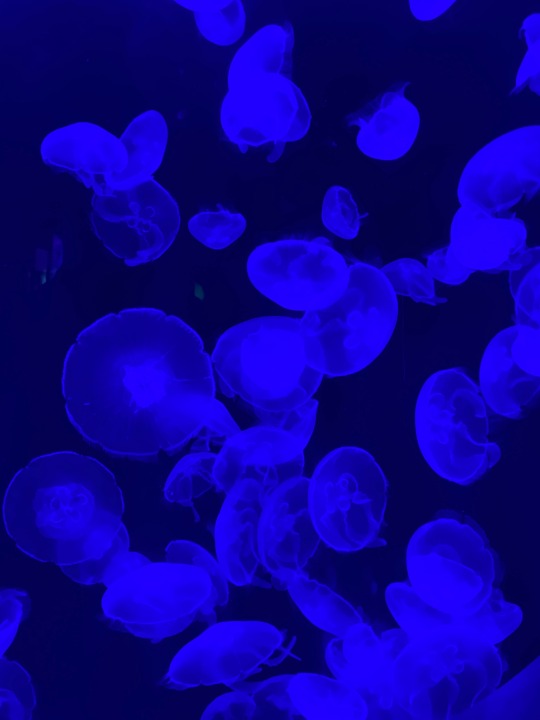


blue blubber jellyfish // moon jellies // japanese sea nettle // pacific sea nettle
Images from the National Aquarium!
#basilbee blogs#jellyfish#moon jellies#moon jellyfish#japanese sea nettles#pacific sea nettle#blue blubber jellyfish#national aquarium#baltimore#maryland#aquarium#marine life
132 notes
·
View notes
Text

Join us tomorrow (12/20) for 12 straight hours of LIVE moon jellies here on Tumblr!
Stream begins 9AM PT.
234 notes
·
View notes
Text
Decided to come back to Tumblr, so take a lil moon jellyfish drawing i did!!
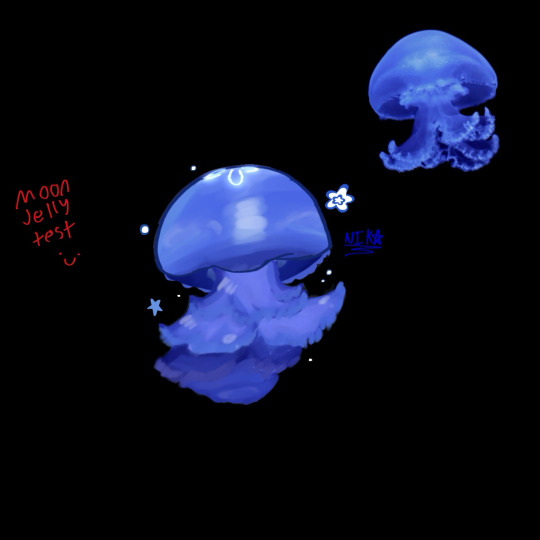
P.S:its also a shading test.
30 notes
·
View notes
Text
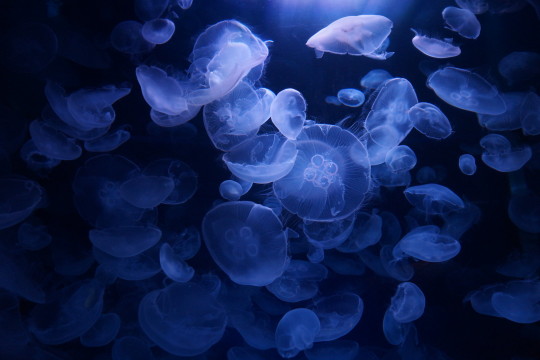

earth fact time. in 1991, nasa launched about 2,500 moon jelly polyps into space. they wanted to see how developing in zero-gravity would affect jellyfish behaviour back on earth. by the end of the mission, there were about 60,000 jellyfish orbiting earth - they'd gotten BUSY up there.
essentially, the way humans tell which way is up and which is down is a bunch of tiny crystals on a bunch of tiny hairs in our ears. the crystals roll around and move the hair cells, which signals directions to our brain. jellyfish have similar crystal-hairs around their bells (the umbrella-looking bit), so knowing how jellyfish responded to 0G development would help us figure out how humans would do in a similar scenario!
results found that, once returned to earth, the moon jellies had trouble getting around. they had vertigo and couldn't tell up from down, and sort of looked drunk, if moon jellies could get drunk. doesn't bode too well for us, i think.
NOVA | the atlantic | jellyfishart.com
photos: ume-y (flickr) | akron zoo
#long fact for you guys today! but a very interesting one imo#aquatic#earthposting#facts!#invertebrates#cnidarians#jellyfish#moon jellies#moon jellyfish#marine biology#zoology#biology#marine life#marine animals#sea creatures#sea animals#sea life#nasa#outer space#space exploration#earth fact no. 23
26 notes
·
View notes